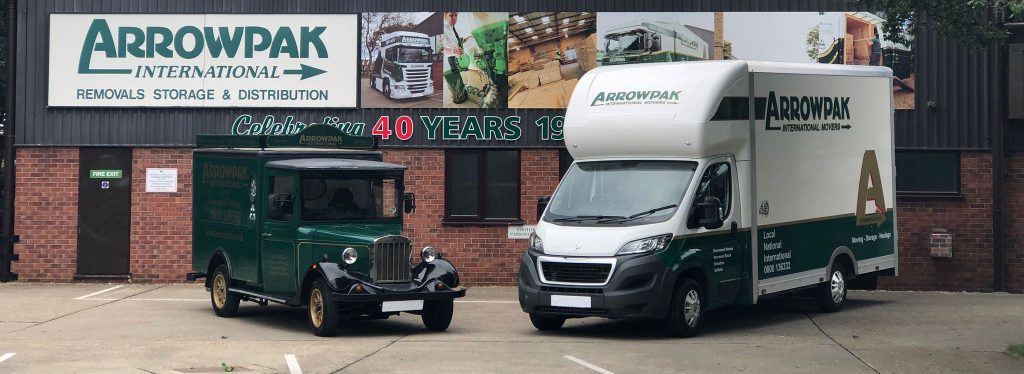The piano is one of the most popular and versatile instruments in the world; and has been used to play everything from improvised jazz to classical symphonies or modern R and B. Pianos have been around for centuries, and used to entertain guests at parties, as somewhere to gather round and sing at Christmas or birthdays, or as a simple decorative centrepiece in your home. From a majestic grand piano to smaller upright models, the piano comes in several different forms, and it has gradually evolved over the years into the instrument we see today. If you’d like to know more about the origins of the piano, and how it has changed across the centuries, see our brief guide below to the history of the piano.
Early similar models
An instrument that was first used in the Middle Ages, known as the hammered dulcimer, was the first string instrument to create noise using struck strings; similar to how a piano operates today. Dulcimers were percussion stringed instruments, although several attempts were made to create a keyboard stringed instrument throughout the Middle Ages. The 17th century saw the invention of the harpsichord and clavichord; similar instruments that make sounds by strings being plucked or struck.
Invention of the piano
The Italian harpsichord maker Bartolomeo Cristofori is credited with the invention of the piano in around 1698 (there are no definitive records). He used his knowledge of harpsichord mechanisms to create the piano. The full name for his invention was ‘un cimbalo di cipresso di piano e forte’, then abbreviated to pianoforte, and finally simply piano. The earliest pianos used thinner strings than the ones we see today, and they produced a quieter sound in comparison to modern pianos.
The first fortepianos
In 1711 about Cristofori’s invention led other inventors to start producing their own versions of the piano. The organ builder Gottfried Silbermann was the first to include the addition of a sustain pedal, allowing players to sustain notes even if their fingers were taken off the keys. Piano-making began to peak in the 18th century with the popular Viennese-style pianos which were built using wooden frames, black and white keys and leather covered hammers.
These pianos had a softer tone than the kind we see today, so the term fortepiano is used to distinguish this instrument from modern day pianos.
Modern pianos
Composers and pianists began to request a stronger, more powerful sound during the 18th and 19th centuries; made possible during the Industrial Revolution which produced resources like strong iron frames and higher quality piano wire. Pianos also increased from five octaves of the fortepiano days, to the seven octaves (or more) seen in modern pianos. Modern pianos come in a diverse range of sizes, and can be either acoustic or electric.
If you’re lucky enough to own a piano then you’ll know that these delicate instruments need to be looked after, which is why it’s worth investing in a professional moving service if you’re relocating. At Arrowpak International, we offer specialist piano removals for both local and international moves. Our experienced team and innovative equipment ensures your piano will reach the new destination in perfect condition, so give us a call today or visit the website to find out more.

